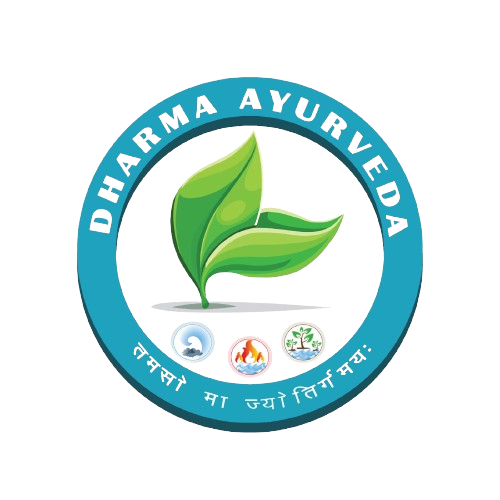Ayurvedic Edema Treatment:
Natural Relief, Holistic Healing

EDEMA
Edema Ayurvedic treatment emphasizes healing the root causes and eliminating the symptoms of edema (also known as edema), a medical condition characterized by swelling caused by fluid accumulation in body tissues. In India, an ancient holistic system called Ayurveda exists, which treats edema by balancing Vata, Pitta, and Kapha doshas and improving natural detoxification.
Specific Symptoms Based on Location
- The extremities below one’s knees are swollen and puffy.
- Skin feels tight/colour warmer.
- Affected limb circumference increases
- It is hard to breathe, especially when one sleeps horizontally.
- Wheezing, gasping for air.
- Coughing sometimes with frothy pink streaks of sputum.
- Rapid, unpredictable heart rate.
- Headache
- Nausea/vomiting
- Confusion/altered consciousness
- Seizures
- Visual disturbances
- Blurry waves appear before your eyes.
- The colours look faded out.
- Trouble seeing fine prints.
Significant Components of Edema Ayurvedic Treatment:
- Avoidance of Salt and Processed Foods: The reduction of salt intake helps to minimize fluid retention.
- Inclusion of Diuretic Foods: Food items like cucumber, watermelon, and celery have diuretic properties that help with urination and reduce swelling.
- Balancing Doshas: Based on individuals’ dosha imbalance., specific dietary prescriptions are given. For instance, reducing Kapha-aggravating foods such as dairy products and oily foods.
- Punarnava (Boerhavia diffusa): These plants have diuretic and anti-inflammatory effects, so they help diminish swelling.
- Gokshura (Tribulus terrestris): It helps remove excess fluids from the body.
- Triphala: A concoction derived from three fruits that act as a laxative for detoxifying the body and improving digestion processes.
- Virechana (Purgation): This helps eliminate toxins from the entire body, achieving a balance between the doshas.
- Basti (Enema): They cleanse herbal enemas that can be used to remove waste products while correcting fluid retention.
- Abhyanga (Oil Massage): Enhances circulation, thereby facilitating drainage of excess fluids from tissues.
- Regular Exercise: Gentle exercises, such as yoga postures, improve blood circulation and reduce oedematous conditions, which occur when fluid builds up within tissues.
- Hydration: Proper hydration should be maintained but should be individualized considering the body’s needs.
- Stress Management: This can be done through meditation and Pranayama (breathing exercises) to reduce emotional stress leading to edema as a result.
- Lepam (Herbal Paste Application): this could be followed by applying herbal pastes specific to the affected areas that reduce inflammation and fluid retention.
- Swedana (Herbal Steam Therapy): It promotes sweating, which helps remove toxins from the skin’s pores.
